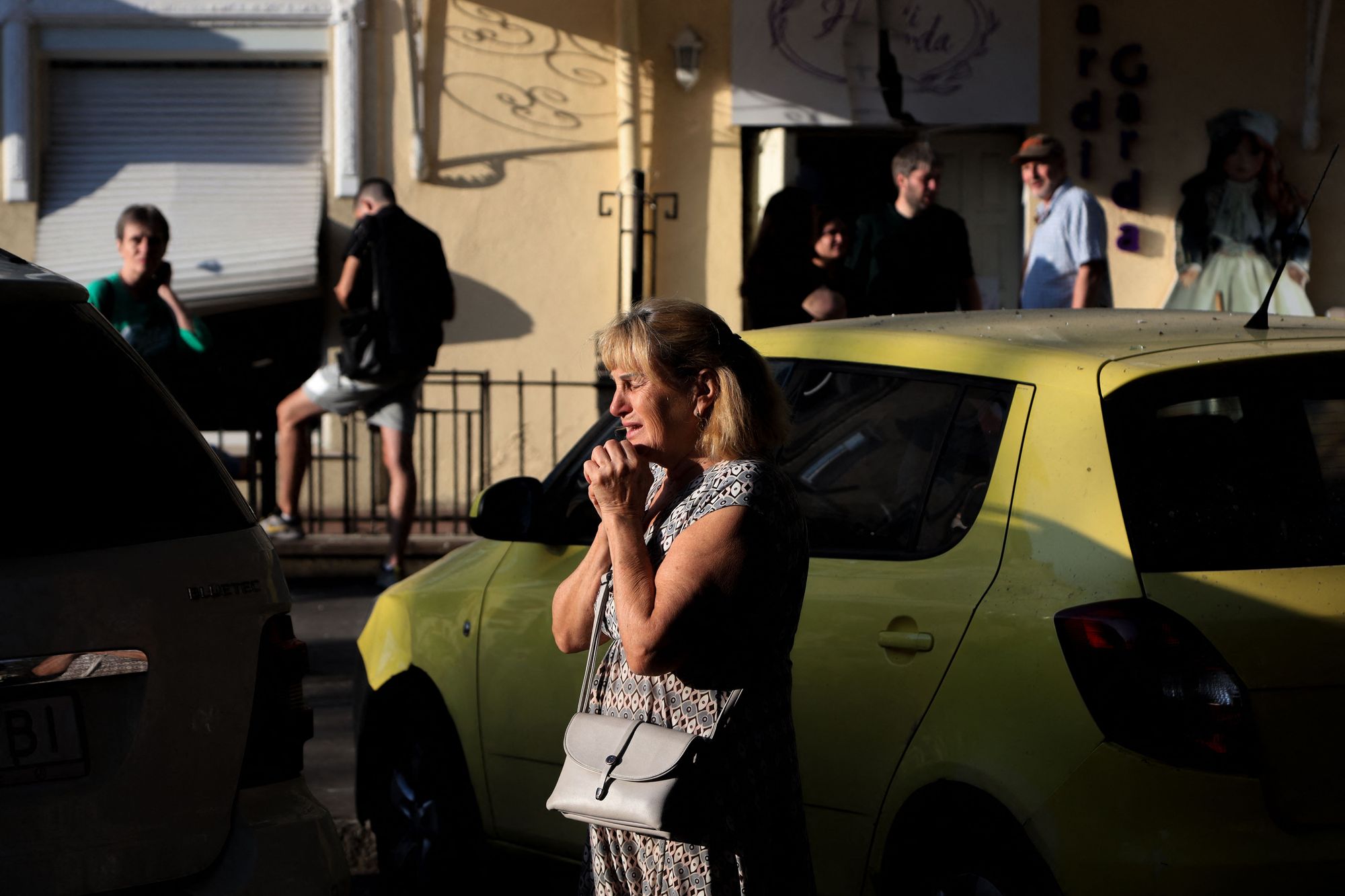Poll: 44% of Ukrainians have war zone experience

Russia's full-scale invasion of Ukraine has led to 44% of Ukrainians experiencing being in their country's combat zone, according to a survey published by the Ukrainian polling NGO Rating on Nov. 10.
Before February 2022, 18% of the population had experience of being in an area considered to be the war zone. Of that number, 6.7% had been in the combat zone in a non-civilian context, i.e. either actively partaking in fighting or assisting the military.
As of October 2023, this number rose to 18% of the population.
The number of those who actively participated in fighting rose from 2.8% to 6.6%, while those who were in the combat zone to assist the military rose from 3.9% to 11.4%.
The survey was conducted as part of a research project on stress experienced by Ukrainians during wartime. Respondents were 2,767 smartphone users aged 18 to 69 living across Ukraine, except in the Russian-occupied territories of Crimea and Donbas.
Around 69% of respondents reported a "normal level" of psychological distress, 21% a "raised level" of distress, and 10% a "high level" of distress, with women reporting slightly more elevated stress levels than men.
This is "comparable to the second half of 2020, when the population of Ukraine was waiting for another wave of the coronavirus," according to Reiting.
Respondents said that media reports and immediate threats to the lives of loved ones as the most pertinent sources of their stress.
Communication about non-work related topics and recreation were named as the most useful resources to combat stress, while 59% of respondents said that alcohol and tobacco are anti-stress resources that do more harm than good.
Professional psychological help was described as "not relevant" or something not practiced by 68% of respondents.












